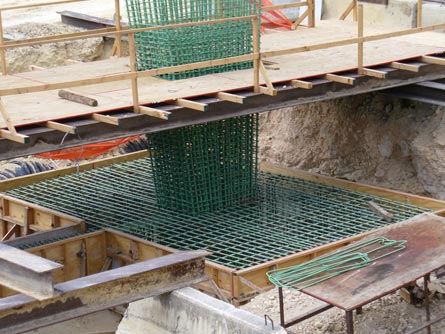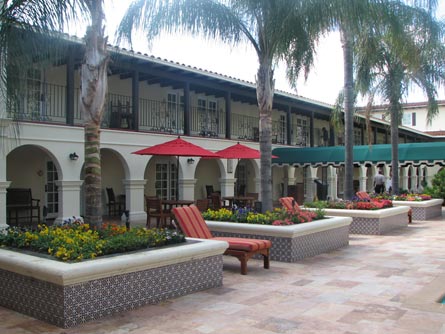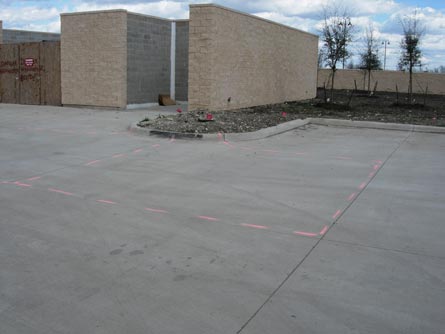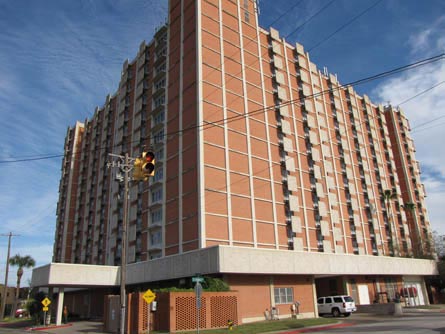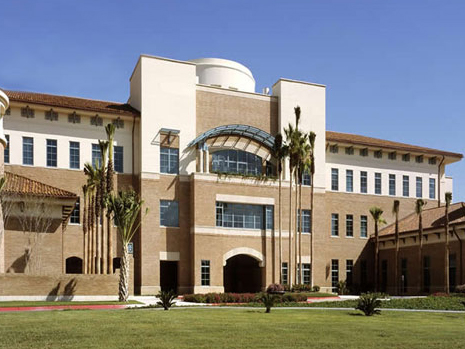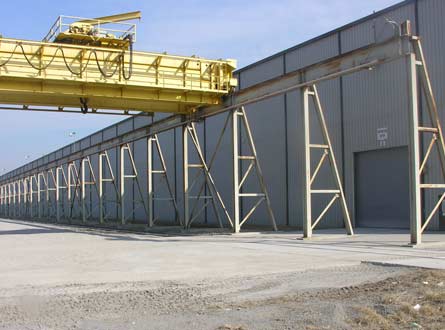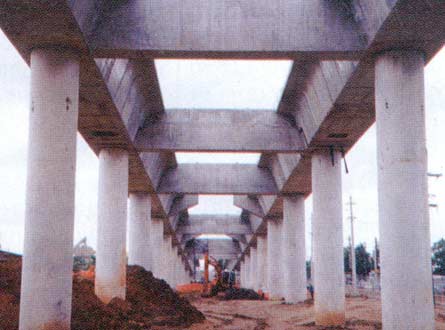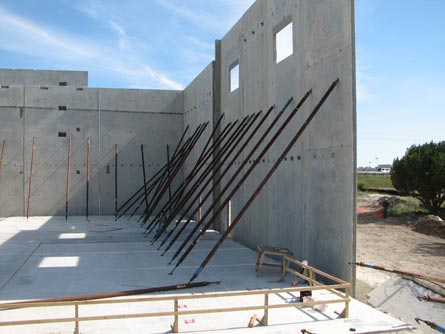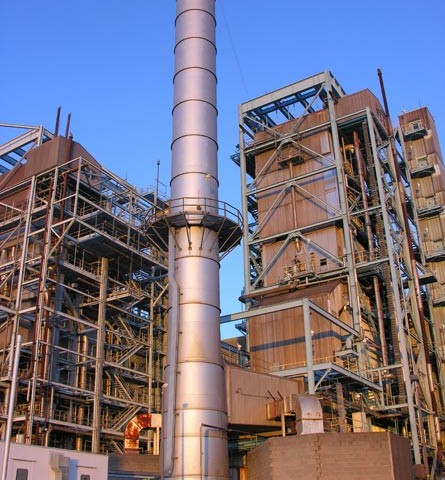The project involved converting a section of a concrete pavement highway in Puerto Rico with two lanes of traffic in each direction into an expressway concrete bridge requiring three lanes in each direction. CA’s structural engineering consulting services included evaluating the structural adequacy of the as-built cast-in-place concrete bridge foundations to resist the design loading conditions. CA performed a detailed structural analysis of the bridge foundations using both traditional beam theory and strut-and-tie modeling. CA conducted an investigation that included, among other things, a review and interpretation of specifications, plans and construction drawings, concrete cylinder and core strength test reports, and applicable industry standards. Further, CA developed recommendations to improve the durability of the concrete foundation and to ensure the service life of the bridge structure in service.
